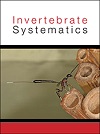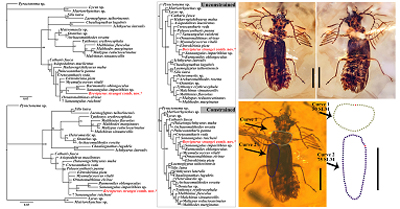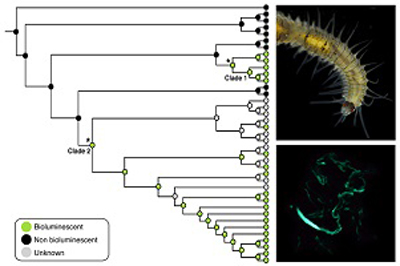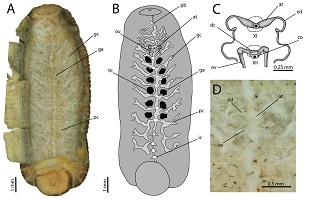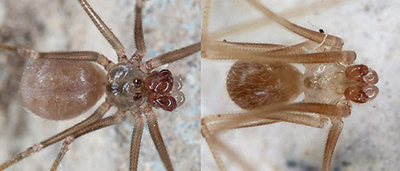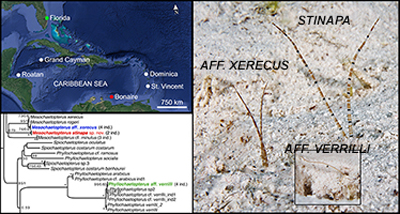
Citizen science and integrative taxonomy allowed us to reveal great diversity within Caribbean annelids. We combine molecular (i.e. COI and 18S phylogeny, distances and species discrimination), morphological and biogeographical data to describe one species, and report on two other species that remain unnamed as these belong to complexes that cannot be resolved in light of current data. Our results stress the relevance of always considering morphology and biogeographical distribution together with gene analyses when trying to resolve the taxonomy of cryptic species complexes.


